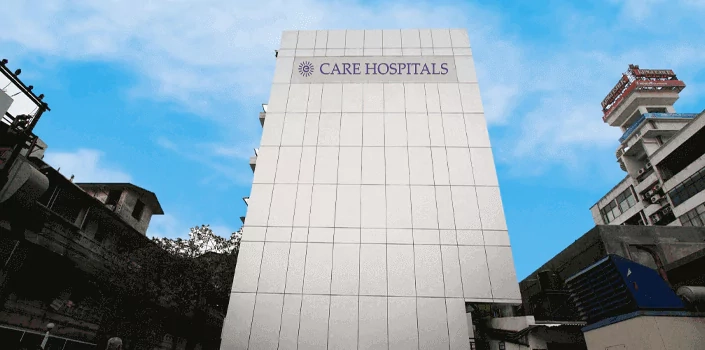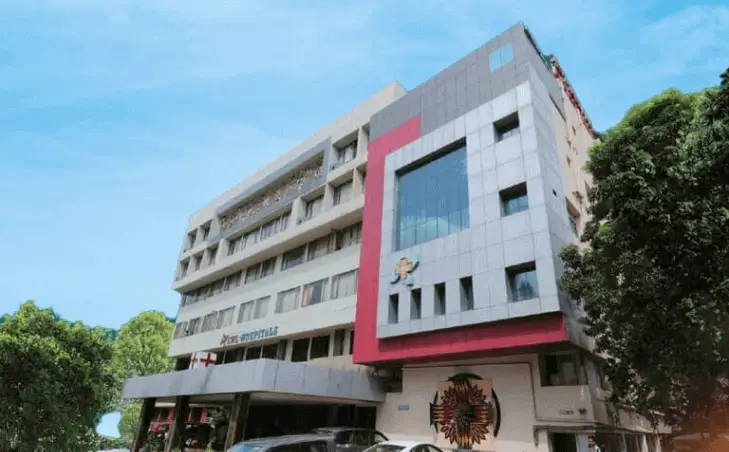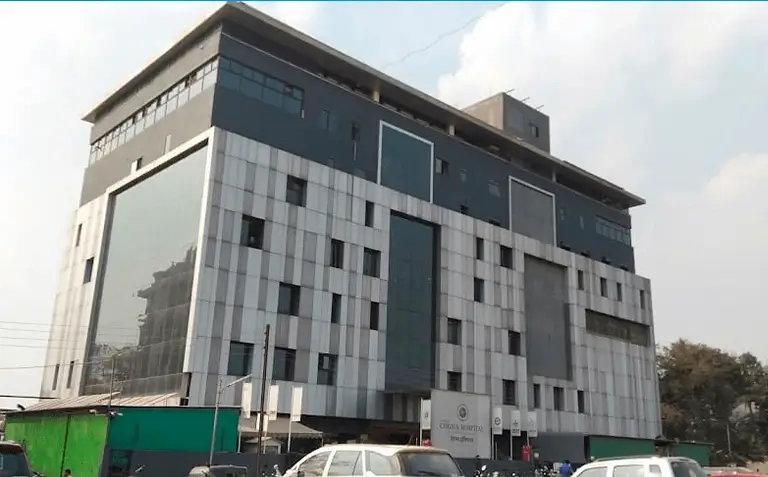-
Doctors
-
Specialities & Treatments
Centre of Excellence
Specialties
Treatments and Procedures
Hospitals & Directions HyderabadCARE Hospitals, Banjara Hills CARE Outpatient Centre, Banjara Hills CARE Hospitals, HITEC City CARE Hospitals, Nampally Gurunanak CARE Hospitals, Musheerabad CARE Hospitals Outpatient Centre, HITEC City CARE Hospitals, Malakpet
HyderabadCARE Hospitals, Banjara Hills CARE Outpatient Centre, Banjara Hills CARE Hospitals, HITEC City CARE Hospitals, Nampally Gurunanak CARE Hospitals, Musheerabad CARE Hospitals Outpatient Centre, HITEC City CARE Hospitals, Malakpet Raipur
Raipur
 Bhubaneswar
Bhubaneswar Visakhapatnam
Visakhapatnam
 Nagpur
Nagpur
 Indore
Indore
 Chh. Sambhajinagar
Chh. SambhajinagarClinics & Medical Centers
Book an AppointmentContact Us
Online Lab Reports
Book an Appointment
Consult Super-Specialist Doctors at CARE Hospitals

Best Hospitals for Bilateral Tubal Ligation Surgery in Hyderabad
- Advanced Technology
- Shorter Hospital Stay
- Pre & Post-Operative Care
- All Insurance Accepted

Chat With Our Experts
Get second opinion on Whatsapp
25 lakhs+
Happy Patients
Experienced and
skilled surgeons
17
Health Care Facilities
Top most Referral Centre
for Complex Surgeries
Advanced Bilateral Tubal Ligation Surgery
Bilateral tubal ligation, also called BTL, is a reliable way to prevent pregnancy, with a success rate of 99%. This surgery referred to as "getting your tubes tied," is one of the top choices for permanent birth control. Many women across the globe depend on it to manage contraception.
This guide covers the key details that patients should understand about bilateral tubal ligation. It includes information about the surgical procedure, recovery process, and the pros and cons involved.
Why Choose CARE Group Hospitals in Hyderabad To Have Bilateral Tubal Ligation Surgery?
The gynaecology teams at the hospital have extensive experience with female sterilisation while working with anaesthesiologists and counsellors as part of a larger collaborative team. They use advanced surgical tools designed to carry out invasive procedures like bilateral tubal ligation with accuracy and good results.
CARE Hospitals stand out due to their focus on patients addressing both physical needs and emotional health throughout the entire surgery process. Their dedication to quality care has also resulted in important achievements worth noting.
Best Bilateral Tubal Ligation Surgery Doctors in India


CARE Hospital’s Leading Surgical Advancements
CARE Hospitals is setting standards in new surgical methods to perform bilateral tubal ligation by providing patients with modern tech options. Their surgical team uses Robot-assisted systems, which improve accuracy and increase the success of these operations.
The hospital offers some cutting-edge features such as:
- Invasive laparoscopic surgery methods
- Sterilisation using hysteroscopy
- High-quality imaging tools
- Systems with bipolar coagulation
- Single-incision laparoscopic surgery (SILS)
- Tubal ligation solutions after childbirth
The use of robots in surgery has produced excellent results. Even though the procedure may take more time, the benefits for patients have been noticeable.
- Decreased blood loss
- Lower pain after surgery
- Reduced time spent in the hospital
- Improved ability to view delicate structures
Criteria to Perform Bilateral Tubal Ligation Surgery
Doctors need to assess age, marital status, and mental health to achieve the best results.
- Eligibility depends on age. Women need to be between 22-49 years old to qualify.
- Patients must have stable mental health to understand that the procedure is irreversible.
- The surgery’s timing varies due to different factors. Doctors perform interval sterilisation within seven days after a period, during the follicular phase. If it’s postpartum sterilisation, they do it anytime from 24 hours to seven days after childbirth. It can also be done alongside a medical abortion or after a miscarriage, assuming patients meet the medical requirements.
Methods of Bilateral Tubal Ligation
Surgical methods used for bilateral tubal ligation have improved over time. Patients now have several choices based on what fits their situation.
- Laparoscopic Tubal Ligation Procedure: Laparoscopic tubal ligation is the top method used to perform interval sterilisation. Doctors use an invasive technique that involves making two small cuts - one close to the belly button and another just above the pubic area.
- Traditional Laparotomy Method: This method uses a bigger cut in the abdomen that is two to five inches long. While recovery takes more time, this technique is still important in certain situations after caesarean deliveries.
- Mini-laparotomy Tubal Ligation: Surgeons usually perform this method within a day after vaginal delivery. They use a smaller cut than the one used in a regular laparotomy. It often happens under epidural anaesthesia. The fallopian tubes are reached through a cut made near the lower part of the belly button.
Doctors use different methods to block the tubes:
- Bipolar Coagulation: Sends electrical current between two electrode points to seal a 2-5 cm segment of the tube.
- Pomeroy Method: Forms a loop in the fallopian tube, ties it with sutures then cuts and seals the ends using heat.
- Tubal Clips: Place permanent clips to block egg movement, allowing a good chance of reversal later.
- Fimbriectomy: Removes the section nearest to the ovary, though reversing it tends to be less successful.
Pre-surgery Preparation
Preparation includes:
- Patients must stop eating or drinking starting from midnight before the surgery.
- Doctors check their current medications, making changes or pausing some if needed.
- Smokers should quit long before the surgery happens.
Steps in a Bilateral Tubal Ligation
The surgery itself takes about 30 minutes. First, the medical team gives either general or spinal anaesthesia.
During the surgery, the steps include:
- Filling the abdomen with carbon dioxide gas
- Using a laparoscope with a camera to see inside
- Finding the fallopian tubes
- Closing off the tubes by cutting, tying, clamping or applying an electric current
Recovery After Surgery
After the ligation procedure, patients rest in a recovery area while being monitored. Most people head home just a few hours later. The recovery includes several important steps:
- Starting to eat regular foods
- Managing shoulder pain from leftover gas, which lasts one to three days
- Keeping the incision sites dry for the first few days
- Avoiding heavy objects for about three weeks
- Waiting around a week to resume sexual activities
Risks and Complications
There are immediate risks tied to surgery. Common side effects of bilateral tubal ligation include the following:
- Harm to nearby organs like the bowel, bladder, or large blood vessels
- Bleeding from surgical cuts
- Poor healing of wounds
- Negative responses to anaesthesia
It is crucial to watch for complications after surgery. You should contact a doctor if you notice:
- A fever over 100.4°F
- Vaginal discharge with a bad smell
- Intense pain in the pelvic or abdominal area
- Blood soaking through dressings
- Feeling faint or lightheaded
- Swelling or redness around the surgical site
Advantages of Having Bilateral Tubal Ligation Surgery
The surgery offers both instant and lifelong protection from unintended pregnancies. After it's done, patients no longer have to think about taking birth control pills every day or keeping up with contraceptive devices. One key benefit is its hormone-free approach. Unlike many other options bilateral tubal ligation keeps your hormone levels unchanged.
Menstrual cycles stay consistent, and it does not shift the timing of menopause. This makes it a great choice for people who prefer birth control without relying on hormones.
Research shows that tubal ligation also lowers the chances of ovarian cancer. The procedure has clear benefits when it comes to recovery and aftercare. Patients head home just a few hours after their hospital visit.
Insurance Assistance for Bilateral Tubal Ligation Surgery
Financial support for bilateral tubal ligation surgery depends on the insurance provider and the policy’s specific terms.
At CARE Hospitals, the team helps you:
- Get pre-authorisation if necessary
- Keep records of all conversations with your insurance company
Second Opinion on Bilateral Tubal Ligation Surgery
Getting a second opinion to decide on bilateral tubal ligation helps patients make better choices about this permanent birth control option. Specialists at CARE Hospitals guide patients through complete evaluations so they understand every step of the process before moving forward.
Doctors look at factors that might impact the surgery. These include things like previous abdominal surgeries, conditions such as endometriosis, being overweight or having diabetes. Doing a detailed check helps doctors spot possible risks and choose the safest surgery method.
Conclusion
Bilateral tubal ligation provides a lasting and reliable option to prevent pregnancy, along with added health perks. CARE Hospitals performs this procedure using modern facilities, skilled surgical teams and the latest technology to ensure quality care.
The procedure offers a 99.5% success rate and lowers the risk of ovarian cancer, making it a strong option to choose when looking for permanent birth control.
Bilateral Tubal Ligation Surgery Hospitals in India
-

CARE Hospitals, Banjara Hills, Hyderabad
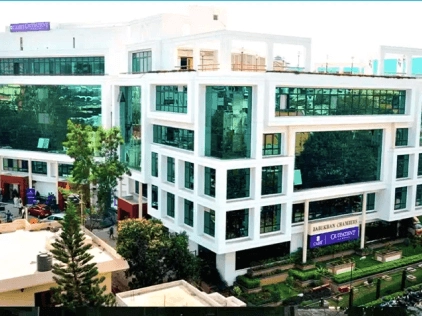
CARE Hospitals Outpatient Centre, Banjara Hills, Hyderabad

CARE Hospitals, HITEC City, Hyderabad

CARE Hospitals Outpatient Centre, HITEC City, Hyderabad

Gurunanak CARE Hospitals, Musheerabad, Hyderabad

CARE Hospitals, Nampally, Hyderabad
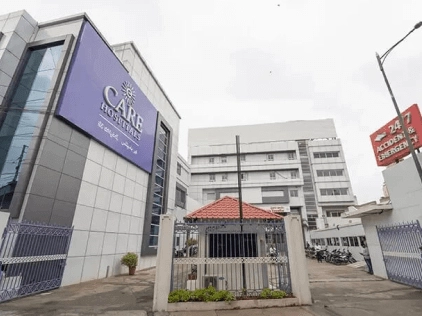
CARE Hospitals, Malakpet, Hyderabad
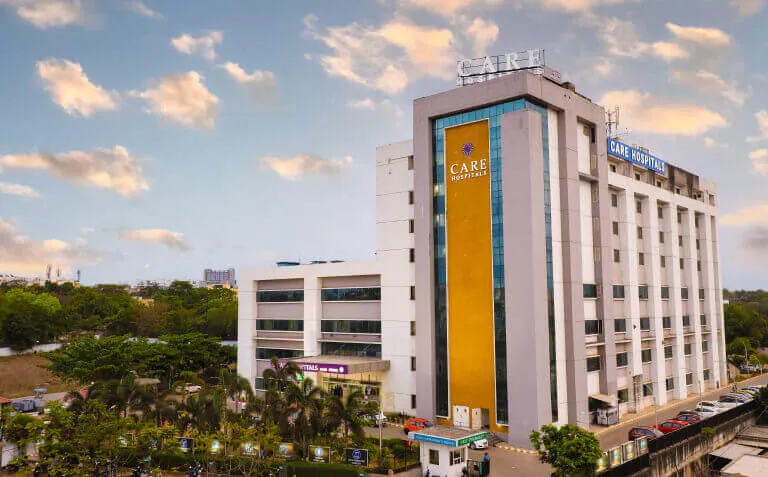
CARE Hospitals, Bhubaneswar
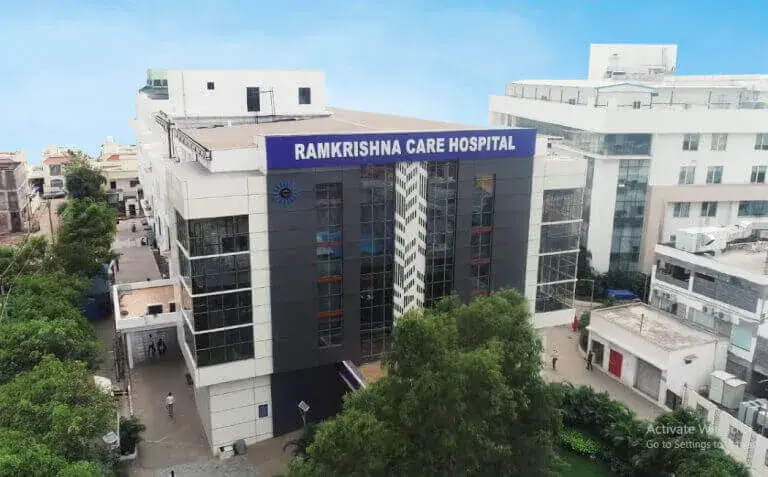
Ramkrishna CARE Hospitals, Raipur
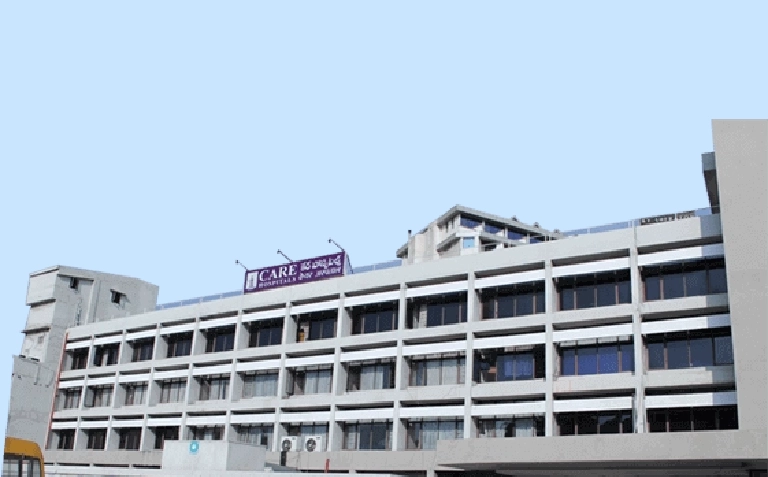
CARE Hospitals, Ramnagar, Visakhapatnam
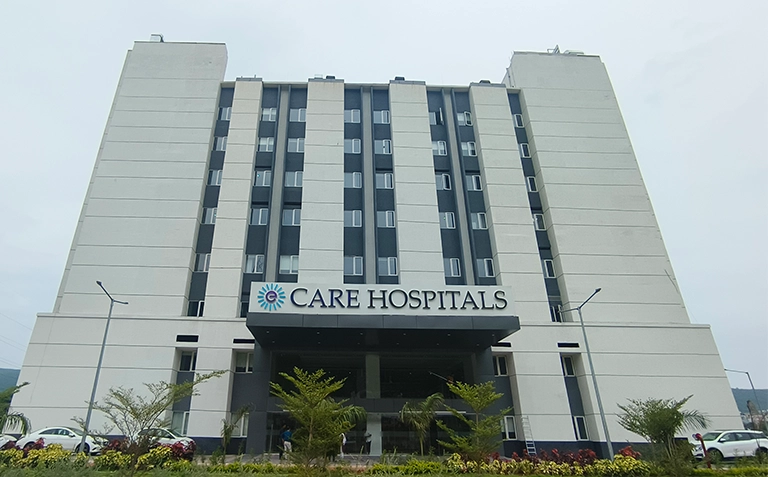
CARE Hospitals, Health City, Arilova
Related Surgeries
- Best Hospitals for Cesarean Delivery in Hyderabad
- Best Hospital for Vaginal Hysterectomy in Hyderabad
- Best Hospital for Tubal Ligation Surgery in Hyderabad
- Best Hospitals for Endometrial Ablation Surgery in Hyderabad
- Best Hospital for Laparoscopic Hysterectomy Surgery in Hyderabad
- Best Hospitals for Oophorectomy in Hyderabad
- Best Hospital for Lower Segment Caesarean Section Surgery in Hyderabad
- Best Hospitals for Tubectomy Surgery in Hyderabad
- Best Hospitals for Total Abdominal Hysterectomy Surgery in Hyderabad
- Best Hospitals for Omentectomy Surgery in Hyderabad
- Best Hospitals for Bilateral Tubal Ligation Surgery in Hyderabad
- Best Hospital for Cervical Cerclage Surgery in Hyderabad
Frequently Asked Questions
Bilateral tubal ligation stands as a surgical procedure that blocks the fallopian tubes to prevent eggs from reaching the uterus.
The entire surgical procedure typically requires 30 minutes.
Potential complications include damage to surrounding organs, including the bowel, bladder or major blood vessels. Some patients might also experience infection, bleeding, or adverse reactions to anaesthesia.
Most patients return to normal physical activities within a few days. Complete recovery typically spans one to two weeks, depending on the surgical approach.
Research confirms that bilateral tubal ligation is a relatively safe procedure. However, serious adverse effects occur in less than 1 out of 1,000 women.
After surgery, patients might experience discomfort at incision sites, abdominal pain, cramping, fatigue, dizziness and shoulder pain from residual gas. Most symptoms remain temporary, lasting only a few days.
Bilateral tubal ligation qualifies as a minimally invasive procedure, typically lasting around 30 minutes. However, as with any surgical procedure, it requires proper medical attention and aftercare.
Patients experiencing complications should seek immediate medical attention. Warning signs include temperatures exceeding 100.4°F, foul-smelling vaginal discharge, pus or blood from incisions, fainting sensations or severe pelvic pain.
Patients should verify specific coverage details with their insurance providers beforehand.
The procedure requires either general or local anaesthesia. General anaesthesia puts patients to sleep completely, while local or spinal anaesthesia leaves them awake but unable to feel pain.
Swift recovery involves carefully following post-operative instructions. Patients should avoid heavy lifting, maintain proper incision care, and gradually resume normal activities.
Complete healing usually occurs within one to two weeks. Recovery duration varies based on the surgical approach and individual healing factors.
Sexual activity should pause until patients feel comfortable, typically resuming within a week. Patients should also avoid lifting heavy weights.
A total hysterectomy surgery removes both the uterus and cervix. Alternatively, a complete hysterectomy might include the removal of additional structures like the ovaries and fallopian tubes.
The primary disadvantage lies in its permanence, with some patients expressing regret afterwards.
Pregnancy remains possible, albeit rare, after tubal ligation. Younger patients (women under 28 years) face higher pregnancy risks.
Fallopian tubes can occasionally reconnect, enabling pregnancy. This occurrence, while uncommon, increases the risk of ectopic pregnancy.
Still Have a Question?





























